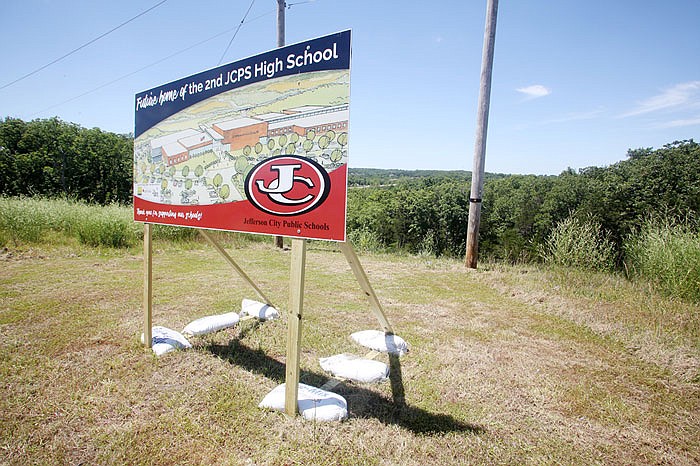The Jefferson City school district is thinking ahead to future school attendance boundary line changes, and so has adjusted a contract with a Kansas City-area company.
The district has a contract with Blue Springs-based Business Information Services LLC to do a demographic study every other year, with the final study in the contract scheduled for the 2017-18 school year.
However, Jason Hoffman, the district's chief financial and chief operating officer, instead proposed to Business Information Services owner Preston Smith the company instead perform a redistricting study.
The printed update Hoffman gave the district's Board of Education this month said Smith "was very open to the idea." The update said Hoffman and Superintendent Larry Linthacum had a phone conversation with Smith to discuss the project in more detail.
"Since (Smith) agreed to lock in his pricing, he is agreeing to do this (redistricting) project for $8,750 based on our prior pricing agreement," Hoffman's update said.
The board update noted Business Information Services has done similar redistricting work for school districts in Columbia, Wentzville and Mehlville for $40,000-50,000.
Smith said his company will offer redistricting scenarios to "clean up" elementary, middle and high school lines, working with school committees via online meetings.
"After we get a scenario that we're settled on, then I will ask my enrollment projection guys to do the modeling based on the new lines to give you a new set of enrollment projections for the new attendance areas," Smith said.
Hoffman said the new high school off Missouri 179 at Mission Drive will be in the Cedar Hill Elementary attendance area; however, Cedar Hill students currently feed into Lewis and Clark Middle School, which sends its graduates to the current high school at 609 Union St. It's one example of a boundary change the district would like to address, Hoffman said.
He added adjusting boundary lines in the future will be about addressing overcrowding and maintaining balanced demographics in addition to streamlining the district's attendance maps. The demographics he talked about specifically are the percentage of students at given schools who are eligible for free or reduced-price lunch; a higher percentage is seen as indicative of a higher level of poverty among students' families.
The district's budget report for the 2017-18 school year noted during the last 15 years, the percentage of students eligible for free or reduced-price lunch in the district has more than doubled from 29 percent to 59.4 percent.
Hoffman said the district won't really lose anything by not receiving the most up-to-date demographic study it could from Business Information Services: "It was some nice data to have," but the district compiles its own, too.
He anticipates the redistricting study will be a four- to five-month process of "what ifs" - drafting possible maps to anticipate what the long-term results may be of changes in any given scenario.
"We will get an address locator that will allow people to plug in an address to see exactly what school people will attend after the boundary changes are implemented," Hoffman's update to the board noted.
He said this tool would especially help real estate agents, as the district frequently takes calls from agents asking where specific home addresses fall within school attendance boundaries.
The district would like to start having town hall discussions about the future redrawing of attendance boundary lines sometime between December and February 2018, but Hoffman said they don't know if they will be ready for that yet.
Fall 2019 boundary line changes ought to be determined by August 2018, Linthacum said during his first community coffee meeting about the two high school projects' progress earlier this month. He also cited avoiding a "haves" and "have-nots" situation being a "driving guide" in the work, in terms of maintaining equitable demographics among schools.
"We plan to move forward with this plan of action unless we hear differently from the board," Hoffman said in his update to the board.
Board President Steve Bruce said earlier this month the board's policy committee had met to discuss policies setting requirements for the district to explore redrawing its boundary lines. Bruce said the board wants to create guidance to tell future boards when they must review lines, but they also don't want to force unnecessary reviews to be initiated.

